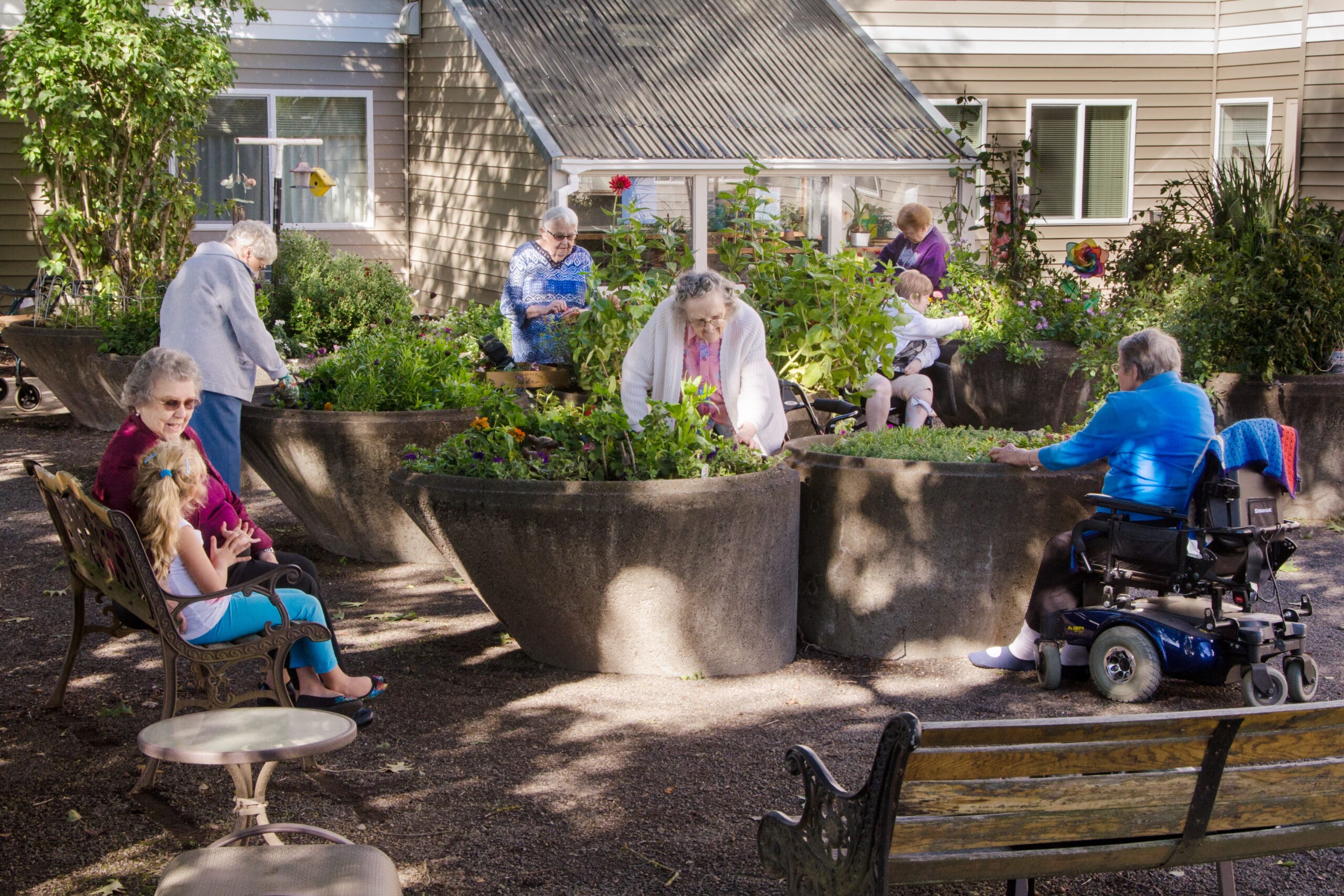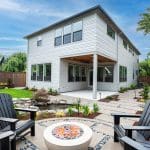
Nature does the body good, and while your clients can benefit from any type of garden, therapy gardens offer specific health benefits.
Therapy gardens can be offered to both residential and commercial clients. Individuals seeking respite can enjoy one in their backyard while corporate campuses, hospitals, and community centers are some of the commercial spaces that can benefit from having a therapy garden on site.
The Value of Therapy Gardens
The therapeutic benefits of gardening were first recorded in a hospice garden in the 1100s. Over the years, studies have shown gardens help with patient rehabilitation.
Therapeutic gardens can help people with temporary or permanent setbacks or disabilities regain their sense of independence and capabilities.
Physically, they can enhance motor skills, promote exercise and stimulate the senses. Mentally, therapy gardens can reduce stress and anxiety. They can also encourage social interactions and community building.
Programming for therapy gardens can be passive, like bird watching or enjoying the space from a bench, or more active, like digging in the soil and harvesting edible plants.
Elements of Therapy Gardens
Therapy gardens should be designed to meet the needs of a specific population. There are different types that support different therapeutic benefits like a sensory garden, meditation garden or enabling garden.
No matter the specific focus of the therapy garden, it should be designed for the convenience and enjoyment of people with the widest possible range of conditions. For instance, pathways should be wide enough for a wheelchair to make a complete turning radius.
Walkways should be level as slopes greater than 5% can be challenging to those using a cane, walker or wheelchair. Consider the path material as well so it does not become slippery when wet.
Reference points along the path, such as a water feature or seating area, can help people with visual or memory impairments.
Therapy gardens should also provide a safe, secure and comfortable environment for visitors. Think about where to provide shade for individuals with increased sensitivity to sun exposure and seating areas for those who tire easily.
When selecting plant material, strive to select a variety for optimal sensory stimulation. Consider fragrant options like lavender or rosemary and unique textures such as lamb’s ear. Sound elements like water features or wind chimes can create a soothing atmosphere.
Therapy gardens can also feature engagement zones where visitors can plant seeds or prune. Raised bed planters should be designed to accommodate wheelchair users and beds at lower heights can enable young children to garden.
Interactive elements like birdfeeders or butterfly gardens can also help individuals feel connected with nature.
What to Avoid
What elements to avoid using in your client’s therapy garden will depend on the specific needs of the people who will be using the space. For example, if the space is meant for patients undergoing chemotherapy, it is advised not to select plants without scents as the treatments can make people highly sensitive to smell and easily nauseated.
If you are adding a therapy garden to a nursing home with dementia patients, you want to make sure they won’t get lost in the space and that nothing poisonous can be eaten. In general, avoid installing toxic plants or those that can cause allergies.
Make sure all the garden features do not pose risks to the clients. Discussions with the customer can help identify elements you might overlook as threats.
While the therapy garden should be engaging, you don’t want the space to become overwhelming where individuals can be overstimulated. Focus on creating a calm, harmonious design.
Also, consider the space’s maintenance needs so it is not too challenging to keep the garden safe and accessible to all.




